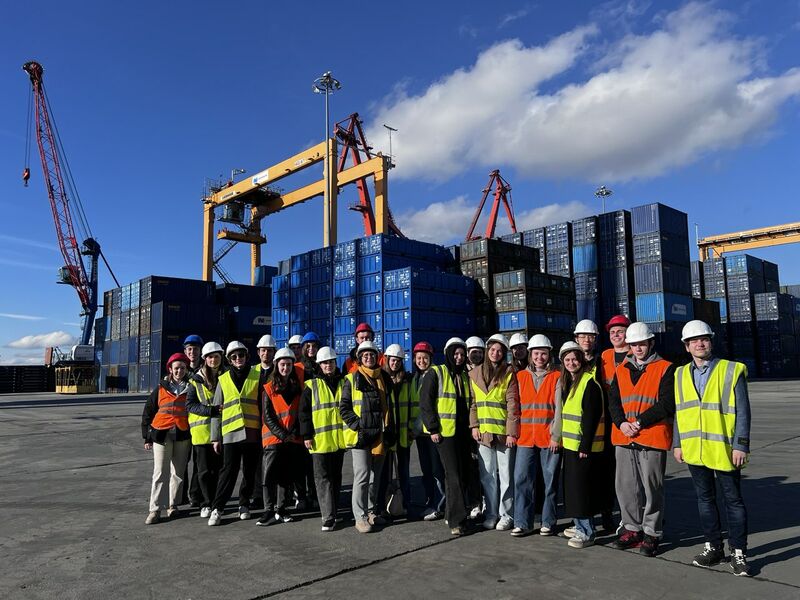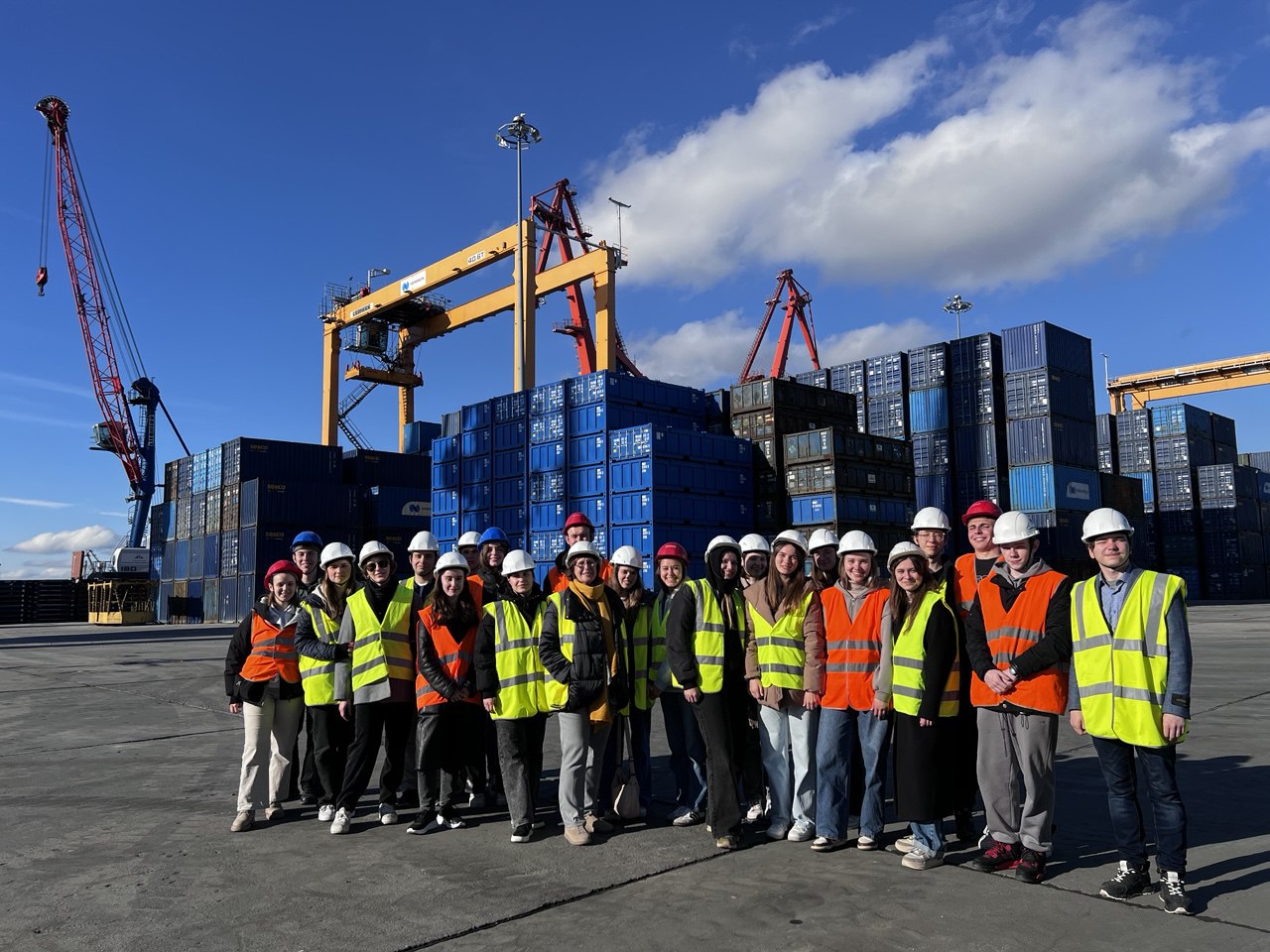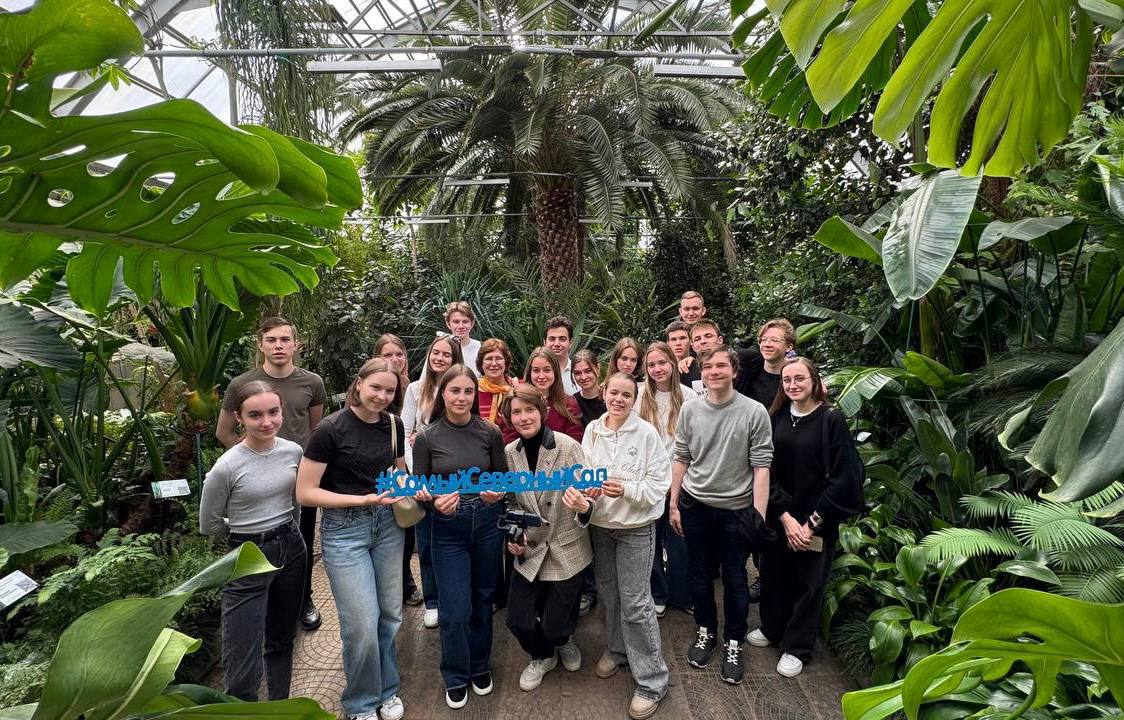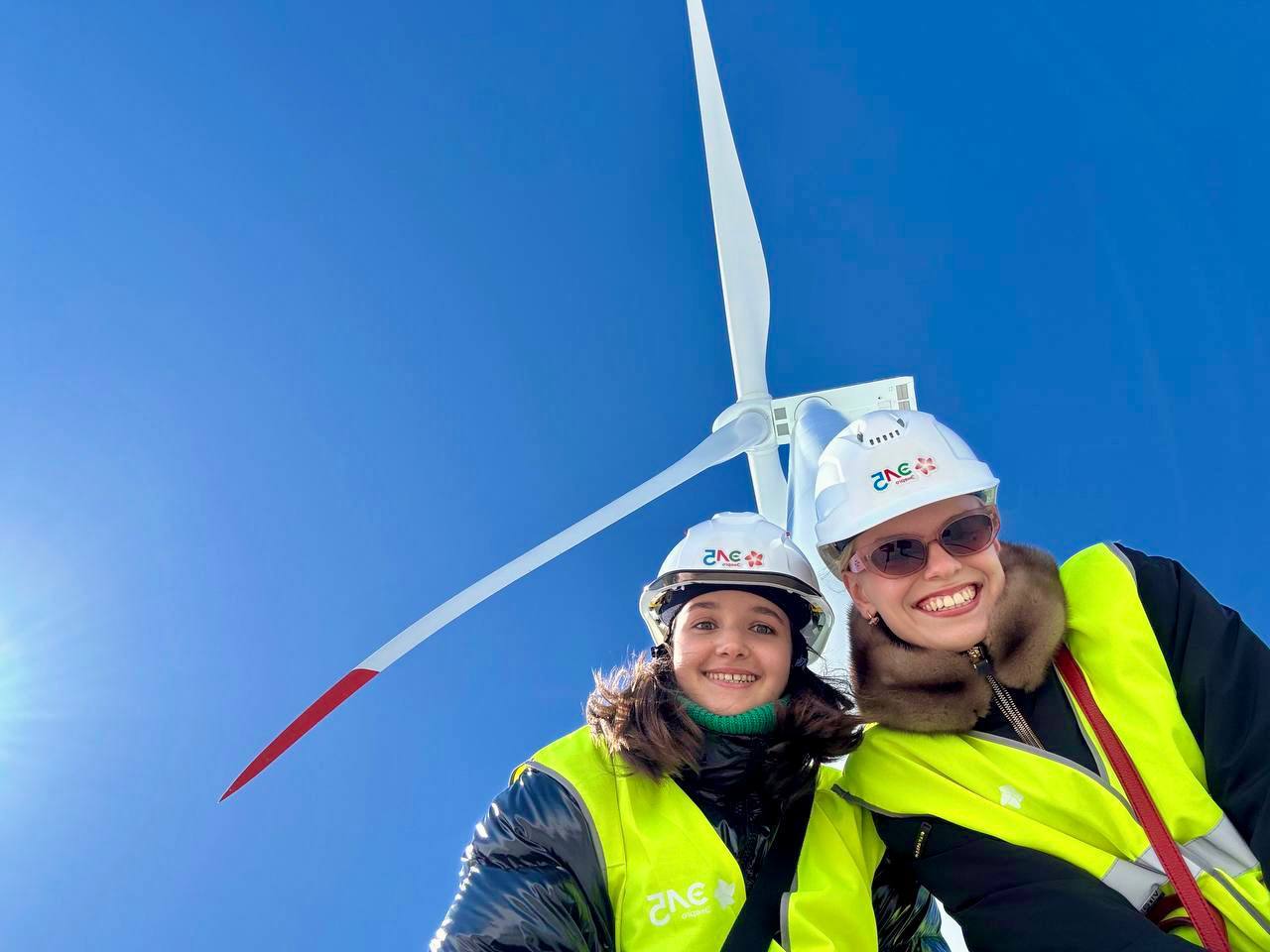
At the end of May, with the support of the Government of the Murmansk Region, 64 best students of the Higher School of Management of the Financial University under the Government of the Russian Federation came to the Murmansk Region for five days to explore the economic and industrial potential of the Kola Region as part of the Study tour educational program. Murmansk Region – The Northern Sea Route and the development of the Arctic."
"In order to better adapt to their studies, our students need real stories of solving problematic issues in public administration. Thus, ten years ago, the idea was born to take students once a year to our chosen region of the Russian Federation, where the public administration system, unique regional projects, and national programs are well implemented. Therefore, the Murmansk region attracted our attention. For children, participation in such a program is a motivator, especially for those who have not yet decided where they want to work," said Olga Panina, Head of the Department of State Municipal Management at the Financial University under the Government of the Russian Federation, PhD in Economics.
As part of the educational program, the Murmansk Region Development Corporation organized excursions for future managers to leading enterprises in the region and sites for the implementation of key investment projects. First, the participants got acquainted with the work of the largest wind farm in the Arctic Circle, the Kola wind Farm, and saw with their own eyes an area of 257 hectares.
"For many of the participants of the program, this is the first acquaintance with large—scale renewable energy facilities. We hope that our wind farm has inspired students with new ideas and interest in the Arctic," said Alexander Panov, director of the wind farm.
One day, the participants of the educational course fully devoted themselves to getting to know the mining industry in the region. In Kirovsk and Apatity, they visited the sites of the Kirovsky mine of JSC Apatit and the apatit-nepheline processing plant (PhosAgro Group). And in Monchegorsk, the program participants got acquainted with the activities of the Monchegorsk Development Agency and saw how personnel training for the mining and metallurgical industry is carried out with the support of Norilsk Nickel on the basis of the polytechnic College.
A separate part of the program was the introduction to the transport and logistics potential of the Murmansk region. The guys visited the Lavna seaport, where Russian President Vladimir Vladimirovich Putin launched the first shipment of coal in March this year. At the Murmansk Commercial Seaport, students learned about the specifics of cargo transshipment and inspected the production facilities. And at the Norilsk Nickel marine transport branch, the guys learned about the peculiarities of the work of sailors on the Arctic Express trains and took memorable photos against the background of the diesel-electric ship Nadezhda and the icebreaker Dudinka.
The highlight of the educational program was a visit to the territory of the world's only nuclear icebreaking fleet (FSUE Atomflot). The guys were able not only to visit the Naval Operations Headquarters, from where they manage the shipping of ships along the Northern Sea Route, they had the opportunity to board the operating icebreaker Siberia. In addition, in Alexandrovsk, the program participants visited the Nerpa shipyard of the United Shipbuilding Corporation (USC), where nuclear submarines are being upgraded using unique technology.
Also in Murmansk, the guys saw how the preferential treatment of the Russian Arctic is implemented "on the ground" using the example of a resident, MK Group, the only company in the region engaged in processing sea urchin caviar.
A separate point of the educational program was to get acquainted with the best regional practices launched on the initiative of the Governor of the Murmansk region Andrey Chibis, such as "Heading North", "Baby in the North", and the renovation program of the school. The students also talked with the management of the Federal Treasury Department for the Murmansk Region, members of the Government of the Murmansk Region, and heads of municipalities.
At a meeting with the deputy governors of the Murmansk Region, Olga Kuznetsova and Olga Vovk, the students learned more about the gasification program of the region, the master plans of the settlements of the Russian Arctic in the Murmansk Region, and the Director General of the Murmansk Region Development Corporation answered questions about ongoing investment projects under the "Live in the North" plan.
"This is a unique experience where students can gain hands-on experience in another region. Firstly, such a powerful practical intensive will greatly help them in further education and the application of acquired knowledge. Secondly, we, of course, will be glad if any of the students in the future express a desire to work in the Murmansk region and realize their ideas. One of our undoubted advantages is the powerful social support for young professionals and families," Olga Kuznetsova said.
"Many participants in this educational program will have to work in federal agencies in the future, and it is very important that they can experience how the regions they are working with live already at the training stage. The guys leave home with burning eyes and absolutely in love with the Murmansk region. I'm sure many people will want to come back to us more than once. We will be glad to see you," Governor Andrey Chibis summed up the results of the educational tour.
In addition to a rich educational program, students got acquainted with the heroic history and nature of our region during the trip, because the educational course program included visits to unique attractions, including the Polar Alpine Botanical Garden Institute, the world's first nuclear icebreaker Lenin, the Apatit museum and exhibition complex, and the K-21 memorial Red Banner submarine., The Museum of the Russian Air Force, the Regional Museum of Local Lore, which recently opened after a large-scale reconstruction, and other iconic locations.
/Murmansk Region Development Corporation/






